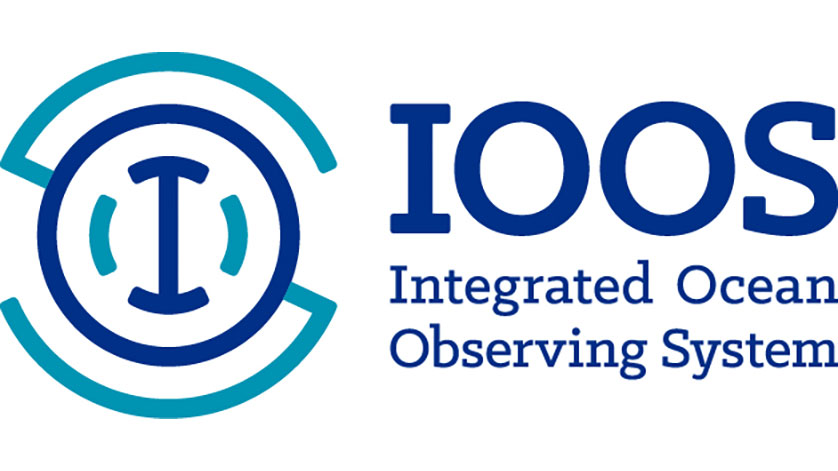IOOS QARTOD Manual for Real-Time Quality Control of Phytoplankton Data

The U.S. Integrated Ocean Observing System (IOOS®) Quality Assurance/Quality Control of Real-Time Oceanographic Data (QARTOD) Project has published the Manual for Real-Time Quality Control of Phytoplankton Observations.
 This manual is the tenth in a series of documents that provide guidance to help data providers ensure the quality of data they collect in real time. The manual also represents completion of a National Oceanic and Atmospheric Administration/National Ocean Service milestone that highlights the operational use of new and emerging technologies focusing on ocean observations.
This manual is the tenth in a series of documents that provide guidance to help data providers ensure the quality of data they collect in real time. The manual also represents completion of a National Oceanic and Atmospheric Administration/National Ocean Service milestone that highlights the operational use of new and emerging technologies focusing on ocean observations.
This manual is QARTOD’s first venture into the quality control of data for biological variables such as phytoplankton, which is an important food source for marine life from whales to shrimp. The information gained from phytoplankton observations is used to monitor fisheries closures, aquaculture, recreational and potable water source quality, as well as serving as an early warning for harmful algal blooms. Phytoplankton observations also can help scientists conduct satellite ground-truth, implement on-the-fly course corrections for predictive models, and monitor environmental impacts of climate variability. These observations also offer an important window into the health of specific ecosystems in coastal oceans, rivers, estuaries, and lakes.
Implementing automated, real-time quality control for biological variables involves challenges that data providers rarely encounter when collecting data for variables such as waves, currents, and water levels. For example, there might be a greater variability of data within a small spatial area for phytoplankton than for water levels or other variables. Biology is prone to nonlinear jumps that may appear as erroneous spikes and require experienced practitioners to interpret them. Clarissa Anderson, Executive Director of the Southern California Coastal Ocean Observing System (SCCOOS), points out that “having QARTOD standards in place for key biological variables is a crucial first step towards codifying how we deal with these complex datasets at the national level. This manual provides a solid blueprint for managing real-time phytoplankton observations and will continue to be improved with boots-on-the-ground implementation.”
Several different technologies exist for collecting phytoplankton data. For some applications, samples are examined using a microscope. Other automated systems include fluorescence-triggered particle imaging, spectral signature, in-vivo fluorometry, and molecular/DNA. Some instruments measure for a specific species of phytoplankton; others measure chlorophyll or species abundance.
Phytoplankton measurements are collected by instruments on a variety of platforms, including buoys and autonomous underwater vehicles, as well as from fixed locations such as oil platforms and piers.
U.S. IOOS QARTOD sought the input from national and international organizations and experts within the ocean-observing community, including sensor manufacturers and academic institutions. Mark Bushnell, QARTOD Technical Coordinator, noted, “Once again, a community of subject-matter experts shared their time, knowledge, and experiences to help create a QC manual. It’s very rewarding, a privilege really, to interact with these enthusiastic professionals. We can’t thank them enough!”
For more information about the U.S. IOOS QARTOD Project, click here.

